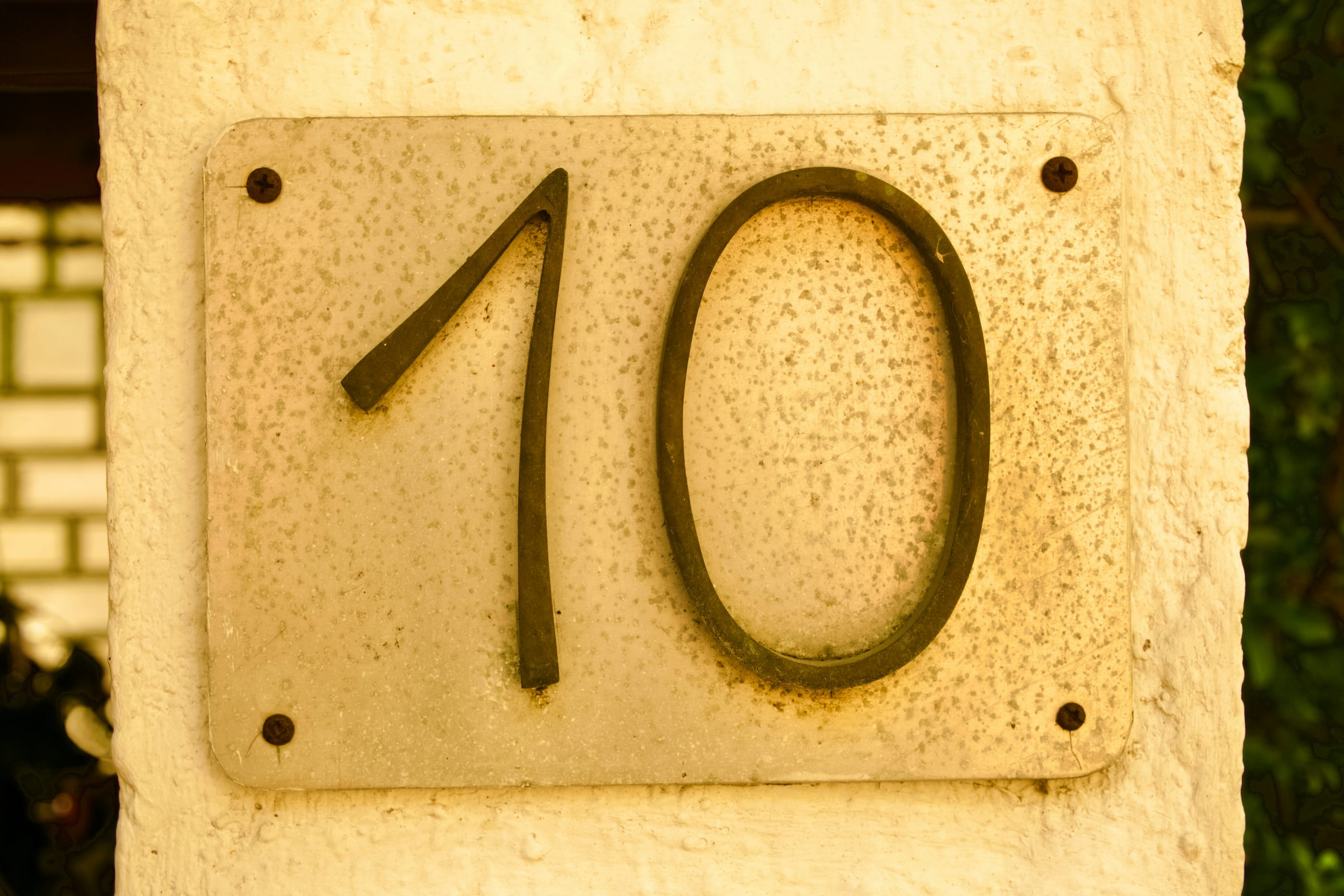1. Differentiated questioning.
Given the time we take doing it daily, effective questioning may well be the highest impact strategy we can employ. There is no ‘one size fits every class’ strategy. Whether it is ‘hands up’ or ‘no hands up’, it simply needs careful planning and differentiation. As a rule, avoid tennis questions between the teacher and the student, aiming instead for ‘basketball questioning’ that bounce ideas around the room, forcing students to listen more intently and be active learners. This short article provides some interesting evidence about questioning, with some very useful starting points: https://teal.ed.gov/sites/default/files/Fact-Sheets/12_TEAL_Deeper_Learning_Qs_complete_5_1_0.pdf.
2. Wait time.
Giving waiting time for answers to our questions is something we do instinctively. We think we give students ample time, but we too often don’t. Have you ever timed yourself? The average time allowed for students giving a response has been estimated at 1.5 seconds! The optimum time is nearer 5 seconds. Evidence shows that the depth (between 400 and 800% increase in length of response) & quality of answers greatly improves with this extra waiting time of just a few seconds. Try counting explicitly after your questioning, or getting a student to do so on your behalf. See this blog on a teacher using the research and trialling increased ‘wait time’: http://improvingteaching.co.uk/2013/08/17/increasing-wait-time/.
3. Don’t accept “I don’t know”.
Being prepared with a strategy for students saying ‘I don’t know’ is clearly essential. There are lots of methods: ‘phone a friend’; ‘I’ll come back to you’; ‘can anyone give a clue’ etc. Another good strategy is to use a pack of cards (or counters – frankly whatever you have!). Every student starts with a card. When they answer take card in. Ensure that no-one is left with a card so that everyone contributes an answer.
4. DIRT time in lessons.
We have focused on this as a school and will continue to do so. Effectively, it is about making students focus on improving their work in response to feedback, deeply engaging with their learning, rather than skimming the surface and moving on. As a rule, students should be spending more actively responding to their feedback then we spend on giving it. Try John Titmus’s DIRTy History approach: http://www.huntingtonlearninghub.com/dirty-history/.
5. “Now try…… Explain why….”
After feedback we need to make sure that we have students actively responding to their feedback. A nice and simple habit is to use ‘Now try…Explain why…’. So simple: low, effort and potentially high impact.
6. Wedding cake feedback.
This is a simple analogy to make the layers of assessment clear. The first layer of the wedding cake is self-assessment. They need to be trained to understand what they’re looking for and understand the huge value in self-assessing. It is the biggest tier – they should spent the most time assessing what they have done first! The second tier, taking slightly less time, is peer-assessment. Finally, the smallest tier is teacher assessment. We simply assess their assessment and that of their peers.
7. Question level analysis.
Students need to understand the specific command words in their subject discipline and breakdown the different types of questions/topics etc.
8. Model answer – ‘what is the question?’
Using exemplar models is a fundamental aspect of good teaching practice. There are lots of ways to go about modeling, such as shared writing, using past exam answers etc. One easy method is to show students a ready-made model answer, but then ask them to formulate the question to the model answer (either simple closed questions or full essay questions).
9. Self-assessment.
The process of explaining (or even defining) the assessment criteria with students can help promote deeper learning. Students gain an understanding of both the subject matter and the assessment task in order to gauge how well they have met the criteria. Establish basics to make it happen regularly, such as including a student feedback box for them to record their reflections/concerns etc. This is a handy post on ‘pre-flight checklists’ to guide self-assessment: http://improvingteaching.co.uk/2013/08/17/inducing-quality-writing/.
10. ‘Token Questions’.
To stop a barrage of low level questions from students during extended tasks you can allocate them two tokens so that they max out how many questions they can ask. This small tweak improves the quality of questions and eliminated the many time-wasting questions that they could likely answer with some thought.






Comments